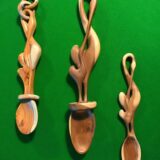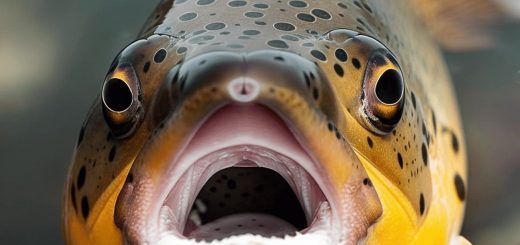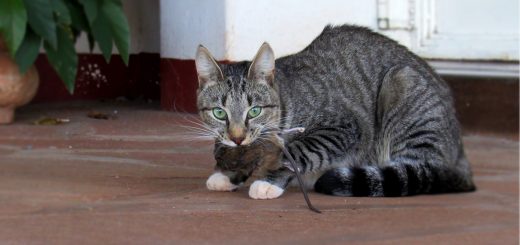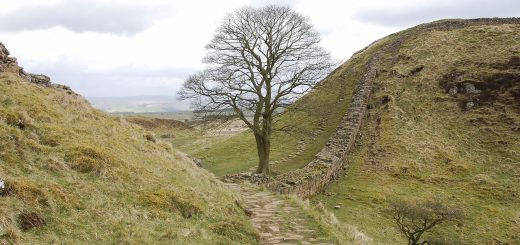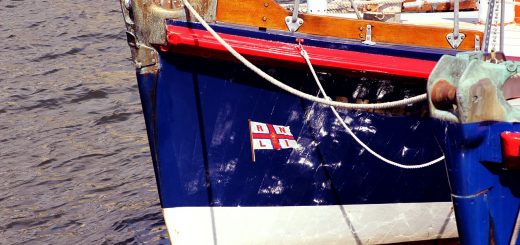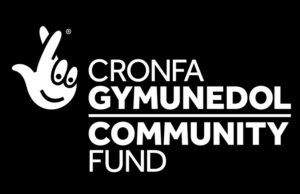Hubert ‘Stokey’ Lewis VC
Hubert William ‘Stokey’ Lewis was a Welsh soldier and recipient of the Victoria Cross, the highest and most prestigious award for gallantry in the face of the enemy that can be awarded in the British forces. Lewis was born on 1 May 1896 in Robert Street in the coastal town of Milford Haven, Pembrokeshire. He was the second of four children born to Adrian Lewis, a brass moulder and fitter at Milford Haven docks, and his wife Sarah. The family later moved to 27 Dartmouth Gardens and Lewis attended Milford Haven National School. After leaving school at the age of 13, Lewis went to work as a packer in the town’s fish market for local businessman George Bradbury.
In early September 1914, 18-year old Lewis attended a recruitment meeting organised by a Major Birt, who was also his father’s employer, which drew crowds of 2000–3000 people before enlisting in the 11th (Service) Battalion of the Welsh Regiment which had been formed little over a month before as the Cardiff Commercial Battalion, a pals unit. On 5 September 1915, just over a year after enlisting, Lewis and his unit sailed to Boulogne, France from Southampton. Several days after his arrival, he was attached to the 9th Border Regiment as a machine gunner.

Soon after, Bulgaria entered the war on the German side. Lewis’ regiment was one of several that were removed from the Western Front and posted to Greece to prepare for a possible attack by enemy forces on the Macedonian front under the command of Lieutenant-General Bryan Mahon of the British Salonika Army. During an offensive against German trenches, the battalion was split into four parties with Lewis assigned to “D” Party. During the initial rush, D Party was spotted by a German sentry after crossing only 300 yards of waste ground, allowing the enemy forces to open fire with machine guns and artillery. They were targeted by “intense” shelling for 40 minutes during which Lewis received a wound to his arm. However, he turned away medical assistance after seeing more badly wounded men needing attention.
During a brief respite in the shelling, Captain Guthrie Morgan led a charge of around 150 men, including Lewis, into the German trenches where they were able to gain control after a period of hand-to-hand combat. During the fighting, Lewis received a second wound as the Germans attempted to counterattack but refused treatment for a second time. He continued through the enemy trench where he came across three German soldiers. Using his rifle butt and bayonet, Lewis briefly fought with the men before they surrendered to him, in an incident witnessed by Captain Morgan.
The German forces launched another counterattack, this time successful, and Lewis and his battalion were ordered to retreat. In the descent back to their lines, Lewis heard the cries of a wounded officer, Lieutenant Turner, who was lying on the fire step of a trench, and, despite suffering from two wounds himself, carried the wounded soldier over his shoulder the rest of the way through enemy artillery fire. They reached safety the following morning at which point Lewis let down Turner before collapsing through exhaustion.

Only ten days after being awarded his Victoria Cross, Lewis returned to the front lines of the Balkans campaign. In June 1918, Lewis again received praise for his bravery under fire when he rescued Captain Morgan during an assault near Salonika. After seeing his captain fall, he rushed to his aid despite suffering the effects of poisonous gas and fighting off nearby Bulgarian troops. He then carried Morgan back to safety. Morgan later wrote to Lewis and stated “It is impossible for me to express how grateful I am to you for saving my life…You certainly deserve a Bar to your Victoria Cross.” However, he was not put forward for the award, he was also awarded the Médaille Militaire by France in July 1917.
Lewis’s medals, including his VC, were sold at a Sotheby’s auction in 1993 for £26,450. They were later bought by Lord Ashcroft in 1999 and his VC is on display in the Lord Ashcroft Gallery at the Imperial War Museum, London.
Thanks to www.ukhistorian.co.uk










